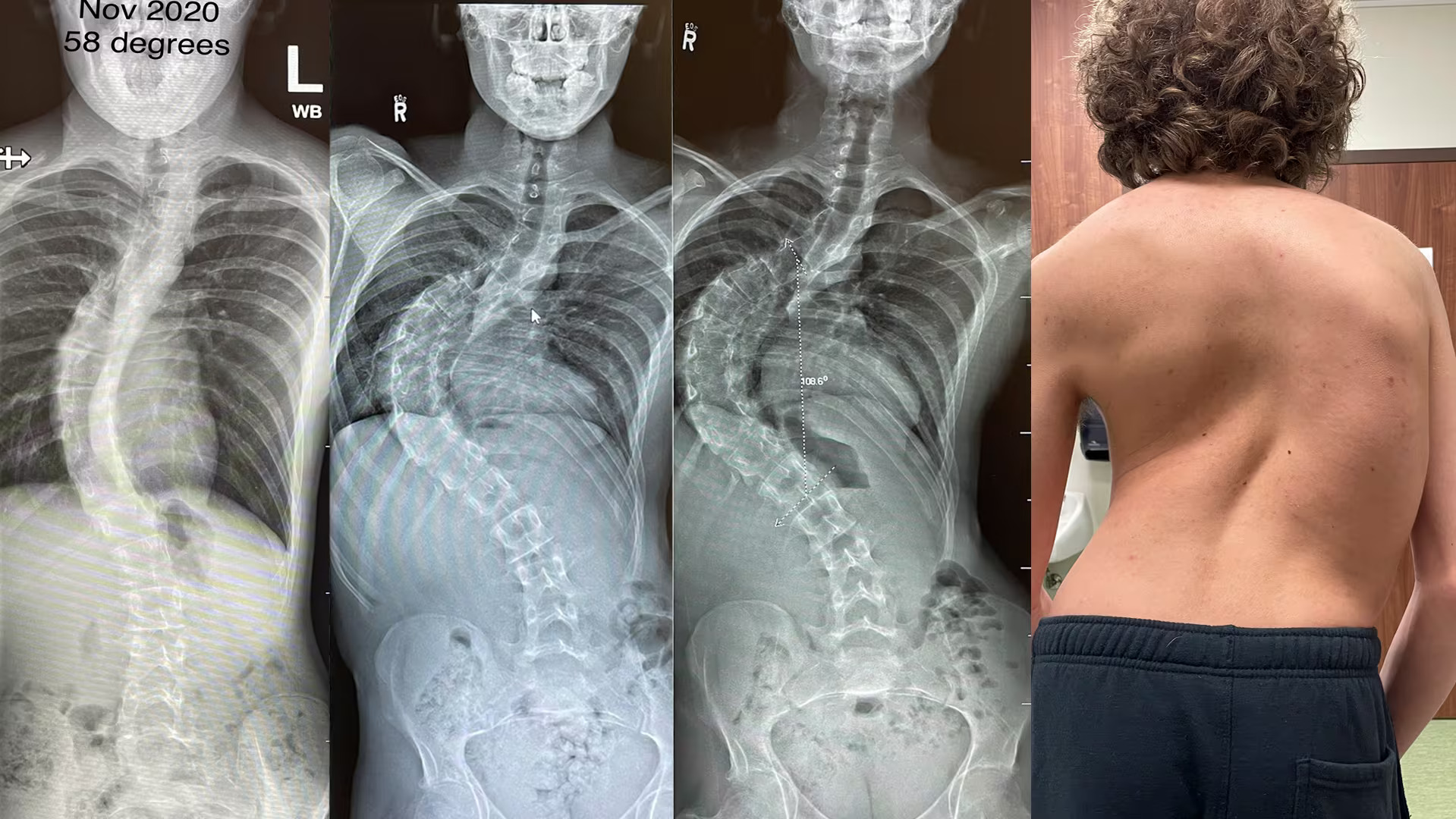Spinal Deformities
Types, Causes, and Advanced Correction Techniques

Spinal deformities affect the natural alignment and shape of the spine. While a healthy spine has gentle curves, deformities cause extreme curvature that can impact health and quality of life. Below we explore the main types and treatment paths.
[Image of spinal fracture types]Types of Deformities
Scoliosis
Abnormal sideways curvature of the spine, often in an "S" or "C" shape. It typically develops during adolescence but can occur at any age.
Kyphosis
Excessive forward curvature (hunchback). Can result from poor posture, developmental issues, or osteoporosis.
Lordosis
Exaggerated inward curvature (swayback), usually in the lower back or neck. Often caused by muscle imbalances or spondylolisthesis.
Congenital
Deformities present at birth due to abnormal fetal development. These often require early intervention.
Common Causes
Why do deformities happen? The causes are varied:
- Genetics: Conditions like scoliosis often run in families.
- Degenerative Changes: Aging and arthritis can alter spinal alignment.
- Developmental Factors: Issues during fetal growth.
- Poor Posture: Chronic postural habits can worsen Kyphosis.
Treatment Options
Treatment depends on severity. We follow a stepped approach:
Observation: For mild cases, we monitor progression.
Bracing: Essential for growing children to stop curvature.
Physical Therapy: Strengthens muscles to support the spine.
For severe deformities that cause pain or restrict lungs, surgery (like Spinal Fusion or Osteotomies) is performed to straighten and stabilize the spine using advanced implants.